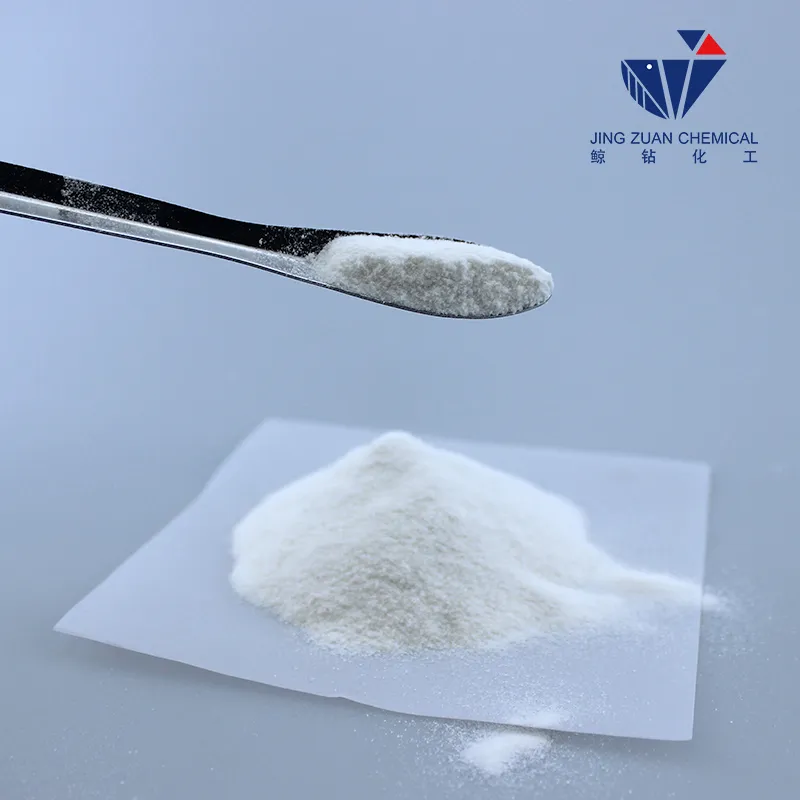
តុលា . 13, 2024 20:19 Back to list
HPMC Applications in Gypsum Plaster for Enhanced Performance and Durability
HPMC for Gypsum Plaster Enhancing Performance and Versatility
Hydroxypropyl Methylcellulose (HPMC) has emerged as an essential additive in the construction industry, particularly in the formulation of gypsum plaster. This cellulose-derived polymer enhances the performance and versatility of gypsum-based products, making them suitable for a wide range of applications. Understanding the role of HPMC in gypsum plaster can provide valuable insights into the advantages it offers in construction and renovation projects.
Overview of Gypsum Plaster
Gypsum plaster is a popular building material composed primarily of gypsum powder, which is known for its quick-setting properties and ease of use. It is widely employed for interior finishes, providing a smooth and aesthetically pleasing surface. However, the performance of gypsum plaster is heavily influenced by the formulation and the additives used. When combined with HPMC, the resulting composite exhibits improved workability, adhesion, and durability.
The Role of HPMC in Gypsum Plaster
1. Enhanced Workability One of the most significant benefits of incorporating HPMC into gypsum plaster is the enhancement of workability. HPMC acts as a thickening agent, improving the consistency and texture of the mixture. This allows for easier application, enabling workers to spread and smooth the plaster effectively. As a result, projects can be completed more quickly and efficiently, reducing labor time and costs.
hpmc for gypsum plaster

2. Improved Retention of Water HPMC significantly improves the water retention properties of gypsum plaster, which is crucial for maintaining an optimal setting time. By delaying the drying process, HPMC ensures that the plaster remains workable for a longer duration, allowing for better application and finish. This feature is particularly advantageous in hot and dry climates where rapid evaporation can compromise the quality of the plaster.
3. Enhanced Adhesion HPMC promotes better adhesion between the plaster and the substrate, whether it is brick, concrete, or other surfaces. This property reduces the likelihood of cracking and peeling, leading to more durable finishing. The enhanced bond strength provided by HPMC extends the lifespan of the plaster, ensuring that it withstands various environmental conditions.
4. Reduced Shrinkage One common issue with gypsum plaster is shrinkage during the drying process, which can lead to cracks and imperfections. HPMC helps mitigate this problem by regulating the hydration process of the gypsum, resulting in a more stable and uniform setting. This feature is crucial for achieving high-quality finishes, especially in large areas.
5. Versatility in Applications The addition of HPMC allows gypsum plaster to be tailored for various applications. It is suitable for use in both residential and commercial settings, including walls, ceilings, and decorative elements. With the versatility offered by HPMC, manufacturers can create specialized plasters that cater to specific requirements, such as fire resistance, moisture resistance, or enhanced flexibility.
Conclusion
The incorporation of Hydroxypropyl Methylcellulose (HPMC) into gypsum plaster formulations significantly enhances their performance and versatility, making them a preferred choice in modern construction practices. With benefits such as improved workability, water retention, adhesion, and reduced shrinkage, HPMC enables builders to achieve high-quality finishes that meet the demands of various environments and applications. As the construction industry continues to evolve, the role of additive technologies like HPMC will be pivotal in driving innovation and improving material performance, ultimately contributing to more sustainable and efficient building practices. Whether for large-scale projects or minor renovations, HPMC-enhanced gypsum plaster is poised to play a crucial role in shaping the future of construction.
-
Versatile Hpmc Uses in Different Industries
NewsJun.19,2025
-
Redispersible Powder's Role in Enhancing Durability of Construction Products
NewsJun.19,2025
-
Hydroxyethyl Cellulose Applications Driving Green Industrial Processes
NewsJun.19,2025
-
Exploring Different Redispersible Polymer Powder
NewsJun.19,2025
-
Choosing the Right Mortar Bonding Agent
NewsJun.19,2025
-
Applications and Significance of China Hpmc in Modern Industries
NewsJun.19,2025







